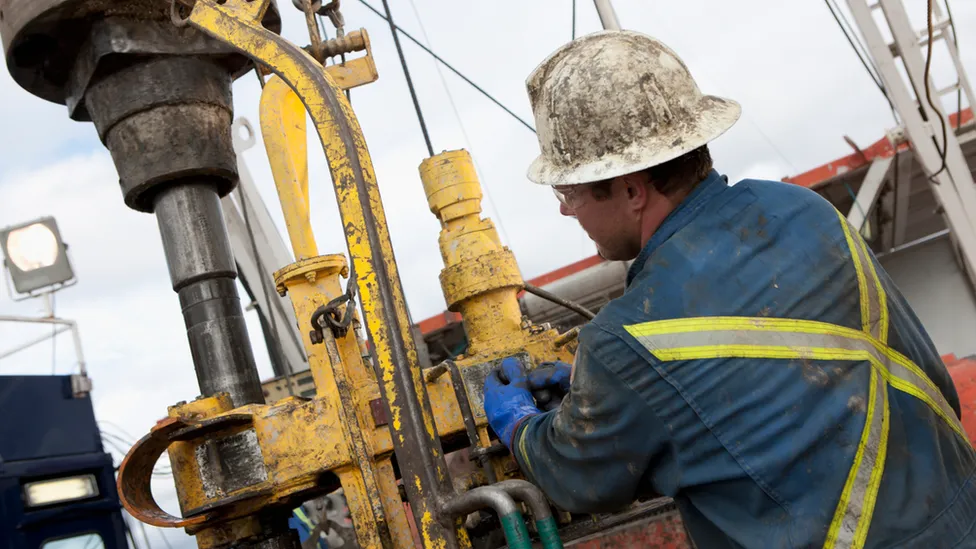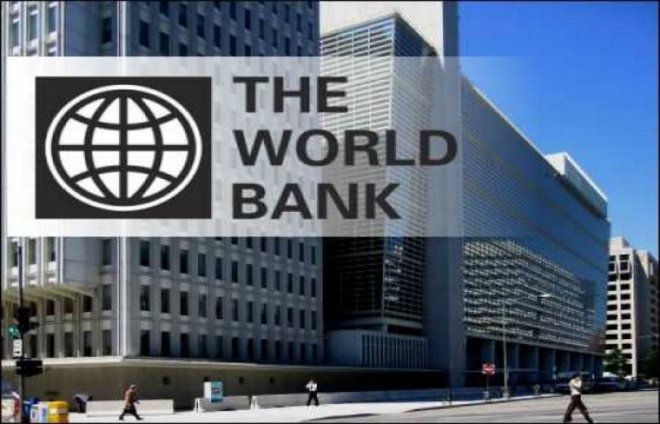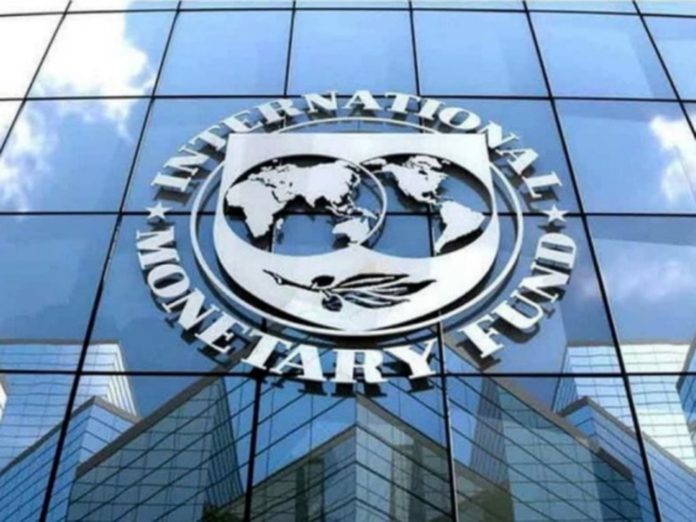The world’s energy landscape has been shaped by the vast reserves of petroleum hidden beneath its surface.
These massive oil fields, often spanning hundreds of square kilometers and holding billions of barrels of oil, have fueled economies, powered industries, and transformed societies. In this article, we delve into the five biggest oilfields in history, exploring their geological significance, production capacity, and impact on the global energy market.
| The Top 5 Biggest Oilfields |
- Ghawar Field (Saudi Arabia): A Geological Wonder and Economic Powerhouse
Located in the eastern province of Saudi Arabia, Ghawar stands as an undisputed titan in the world of oil. Discovered in 1948, this gargantuan field is estimated to have held a staggering 170 billion barrels of original oil in place. With over 88 billion barrels already produced, Ghawar continues to be a cornerstone of Saudi Arabia’s oil dominance.
The field’s geological structure is a marvel in itself, consisting of an anticline—an upward fold in the Earth’s crust—that traps vast quantities of oil. Its sheer size and productivity have made it a linchpin of the global oil market, influencing prices and supply dynamics for decades. Ghawar’s significance extends beyond its economic value, shaping geopolitical relationships and energy policies worldwide.
- Burgan Field (Kuwait): A Desert Giant Fueling a Nation
Nestled in the southeastern desert of Kuwait, the Burgan field boasts an estimated 70 billion barrels of original oil in place. Discovered in 1938, it has been a vital source of wealth and prosperity for the nation. The field’s prolific production has not only driven Kuwait’s economy but also played a crucial role in regional and international energy markets.
Burgan’s geological formation is characterized by a massive sandstone reservoir, which acts as a sponge for oil accumulation. The field’s vastness and accessibility have enabled efficient extraction techniques, making it one of the most productive oil fields in history. Despite facing challenges such as the Iraqi invasion in 1990, Burgan has demonstrated remarkable resilience, continuing to contribute significantly to global oil supply.
- Ahvaz Field (Iran): A Complex of Fields with Immense Potential
Located in southwestern Iran, the Ahvaz field is not a single oil field but a complex of several fields, each contributing to its immense petroleum reserves. Estimated to hold over 65 billion barrels of original oil in place, Ahvaz is a geological marvel comprising multiple reservoirs and complex structures.
The field’s development has been shaped by Iran’s political and economic landscape, with production fluctuating due to sanctions and international relations. Nevertheless, Ahvaz remains a key player in the global oil market, with its vast reserves holding the potential to fuel the nation’s energy ambitions for years to come.
- Upper Zakum Oil Field (Abu Dhabi, UAE): An Offshore Behemoth
Venturing into the offshore realm, we encounter the Upper Zakum oil field, situated off the coast of Abu Dhabi in the United Arab Emirates. This underwater giant boasts an estimated 50 billion barrels of original oil in place, making it one of the largest offshore oil fields in the world.
The field’s development has been a testament to engineering ingenuity, with advanced technologies employed to extract oil from beneath the seabed. Upper Zakum’s production has not only bolstered the UAE’s economy but also solidified its position as a major player in the global energy landscape. The field’s future development plans, including artificial islands and enhanced recovery techniques, highlight its continued importance in meeting the world’s energy demands.
- Safaniya Oil Field (Saudi Arabia): The Offshore King
Returning to Saudi Arabia, we encounter another offshore behemoth—the Safaniya oil field. Located in the Persian Gulf, Safaniya is estimated to hold over 37 billion barrels of original oil in place, making it the largest offshore oil field globally.
Discovered in 1951, Safaniya has been a cornerstone of Saudi Arabia’s oil production for decades. Its development has involved a complex network of platforms, pipelines, and processing facilities, showcasing the nation’s commitment to harnessing its offshore resources. Safaniya’s continued production plays a pivotal role in meeting global oil demand and maintaining Saudi Arabia’s status as a leading oil exporter.
The five largest oil fields in history represent not only geological wonders but also economic powerhouses that have shaped the world’s energy landscape. Their vast reserves, production capacity, and geopolitical significance have made them key players in global markets, influencing prices, policies, and international relations. As the world transitions towards cleaner energy sources, these giants of the petroleum industry will continue to play a crucial role in meeting the world’s energy needs for years to come.
















